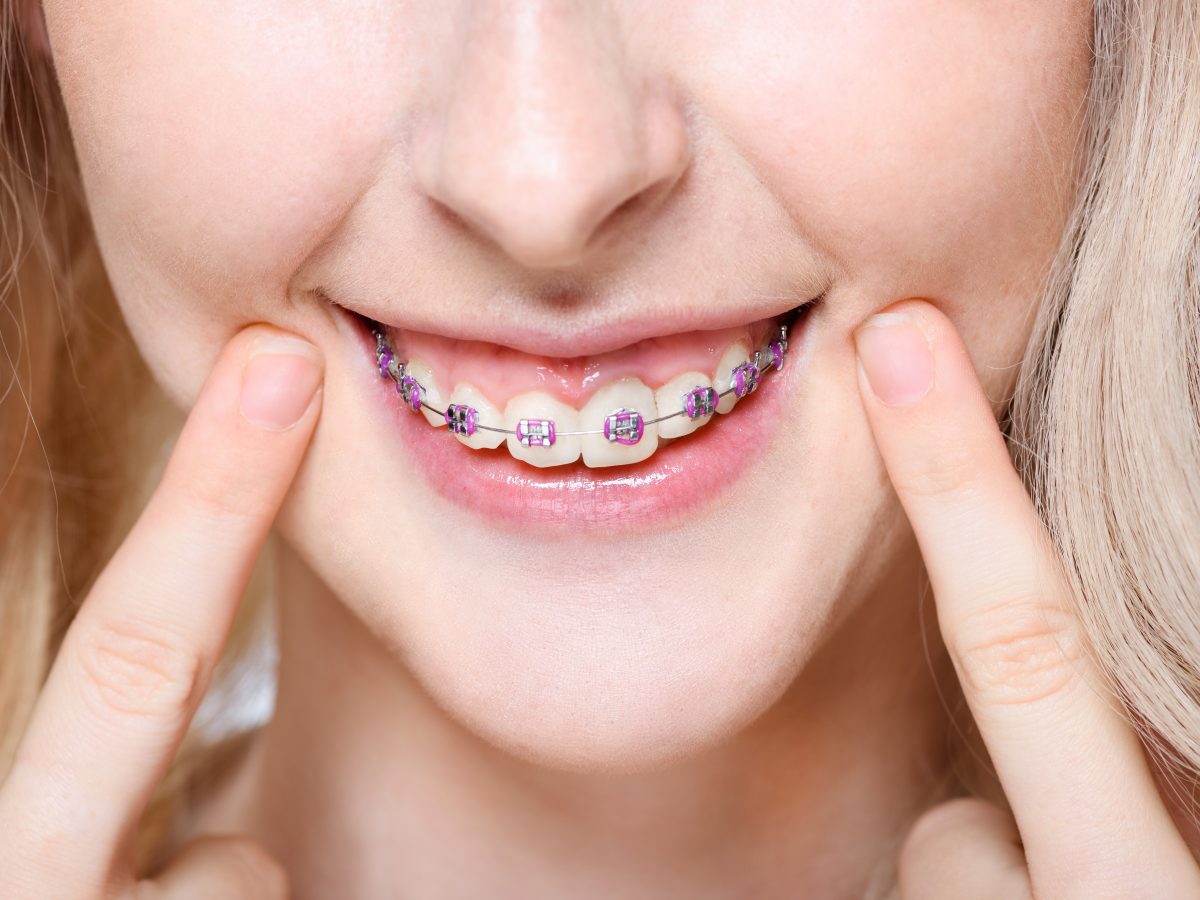Why Cumming Invisalign is the Perfect Choice for a Discreet Orthodontic Service
Wiki Article
Comprehensive Guide to Orthodontics Treatments for Dealing With Dental Misalignments
In the world of orthodontics, the trip to achieving a completely lined up smile entails a myriad of procedures tailored to fix oral imbalances. From typical braces to unnoticeable aligners and even medical alternatives, the area of orthodontics offers a variety of services to attend to differing levels of oral abnormalities. Recognizing the intricacies of each procedure, including their mechanisms, benefits, and prospective disadvantages, is vital in making educated decisions about one's orthodontic treatment. As we navigate through the extensive overview to orthodontic treatments for dealing with oral misalignments, the intricate details of each method will unfold, clarifying the course toward a unified and useful dental placement.Orthodontic Procedures Summary

In enhancement to conventional dental braces and clear aligners, orthodontists might also suggest other interventions like headwear, palatal expanders, or retainers to attend to specific positioning issues (orthodontics). These procedures are customized to each person's distinct needs and might involve a mix of therapies to attain the preferred results. Normal adjustments and tracking are crucial components of orthodontic therapy to ensure progression is on track and to make any kind of necessary modifications along the road. By undergoing orthodontic procedures, patients can not only accomplish a straighter grin yet also enhance their general dental wellness and feature.
Standard Dental Braces: Exactly How They Function
When considering orthodontic therapies for dental imbalances, standard braces stand out as a reliable technique for correcting teeth placing. Conventional dental braces consist of braces, cables, and bands that interact to apply continual stress on the teeth, gradually relocating them into the wanted positioning. The braces are connected to the teeth using an unique adhesive, and the cords are threaded with the brackets. By changing the stress of the wires, orthodontists can regulate the direction and force related to each tooth, guiding them right into proper positioning over time.
One secret element of just how traditional braces job is the procedure of bone remodeling. As pressure is used to the teeth via the dental braces, the bone surrounding the teeth is reshaped to support the new tooth settings. This renovation is vital for the lasting security of the corrected alignment. Clients will certainly require normal changes at the orthodontist's workplace to ensure the braces remain to apply the appropriate pressure for efficient teeth motion.
Invisible Aligners: Cons and pros
Invisible aligners offer a discreet and hassle-free option to conventional braces for correcting oral imbalances. These clear, personalized trays are essentially undetectable when used, making them an appealing option for people seeking a more aesthetically pleasing orthodontic therapy. Among the main advantages of unseen aligners is their removability, permitting for much easier maintenance of dental health compared to traditional dental braces. Clients can remove the aligners prior to eating or cleaning their teeth, minimizing the danger of food obtaining embeded the appliance and simplifying the cleansing process.
Surgical Orthodontic Options
Surgical interventions in orthodontics present practical options for dealing with complicated dental misalignments that may not be effectively resolved through conventional orthodontic therapies. While typical dental braces and undetectable aligners can fix dental implant tooth many orthodontic issues, particular instances need surgical intervention to attain optimum results. Surgical orthodontic options are generally recommended for extreme malocclusions, considerable jaw inconsistencies, and cases where the underlying bone framework requires adjustment to achieve correct positioning.One common medical orthodontic treatment is orthognathic surgery, which involves rearranging the jaws to correct functional issues such as trouble talking or chewing. This surgery is usually done in collaboration with an orthodontist that helps align the teeth before and after the treatment. Surgical orthodontics might additionally involve treatments to expose influenced teeth, eliminate excess periodontal tissue, or improve the jawbone to create an extra harmonious face account.
Before taking into consideration surgical orthodontic alternatives, clients undertake an extensive analysis to identify the requirement and potential benefits of such treatments. aligners. While surgical procedure may seem daunting, it can substantially improve both the function and appearances of the smile in cases where traditional orthodontic therapies drop short
Retainers and Post-Treatment Care

Failure to conform with post-treatment treatment instructions can result in relapse, where the teeth gradually move back in the direction of their initial placements. Constant retainer wear, great oral hygiene, and normal oral examinations are necessary for preserving the results accomplished via orthodontic surgical procedure and guaranteeing the long-lasting stability of the dealt with oral positioning.
Conclusion
In final thought, orthodontic treatments provide numerous options for dealing with dental imbalances. Surgical orthodontic options are offered for more serious imbalances. Overall, orthodontic treatments can effectively enhance oral health and visual look.As we navigate via the extensive overview to orthodontic treatments for fixing oral imbalances, the intricate details of each approach will unravel, dropping light on the course towards a harmonious and practical dental positioning. - cumming orthodontist
One of the most usual orthodontic treatments is the use of braces, which consist of steel braces and cords that use gentle pressure to gradually move teeth right into the wanted placement.When considering orthodontic treatments for dental misalignments, conventional dental braces stand out as a reliable approach for dealing with teeth placing. Additionally, invisible aligners may not be suitable for complex orthodontic try this problems that need More Help more considerable teeth motion, as they are typically recommended for mild to moderate cases. Retainers are custom-made orthodontic devices designed to hold teeth in their corrected positions after the completion of orthodontic therapy.
Report this wiki page